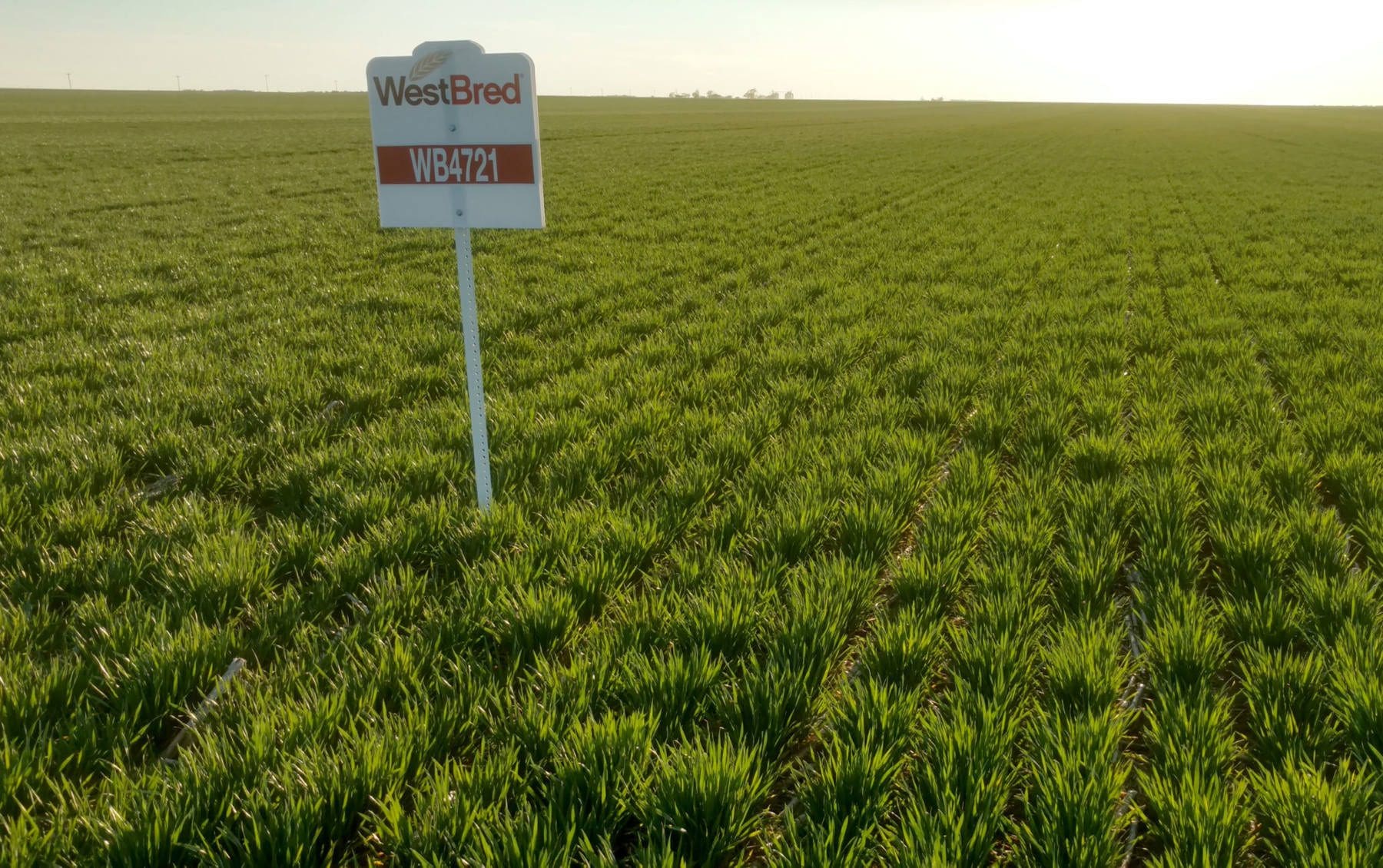Did ‘Big Ag’ Move into the Farm Next Door?
You made an executive decision for your family…. You’re so sick and tired of seeing towns flash by, constant billboards and endless pavement while you’re speeding down the interstate, so you’ve taken the scenic route on an old county blacktop. You may take a bit longer to get to your destination, but cruising down this two-lane empty stretch of road is a breath of fresh air. There’s nothing but growing wheat fields, gently rolling hills and the occasional signs next to fields to interrupt the taste of freedom.
But wait! What’s that sign with the fancy logo and string of numbers you can’t decipher sitting next to that field? You use up your spotty cell reception by Googling the names you see. Westbred. AgriPro. Limagrain. These signs next to fields are not just limited to wheat. You see signs near other crops for Pioneer, Dekalb, Asgrow, Syngenta…. Has corporate agriculture purchased all of this land and marked their claim with these signs?
What are those signs next to fields?
There’s no need to fear! Chances are these plots of land are still owned by your friendly, neighborhood farmer. These signs that you see are simply an advertisement meant for a farmer audience. These signs are most likely advertising which variety is planted in the field.
Farmers buy their seed from seed dealers. Many times these dealers are other farm families in their local communities that have a “side hustle” selling seeds, and sometimes inputs, for companies. These dealers are generally the folks that put up these signs. When you see a variety sign, that’s when you know that you’re looking at a good field of wheat. Dealers are proud of the products that they sell, and they want more potential customers to know that their seeds produced this outstanding field.
Farmers have to keep in mind that not every variety will work on their field. Some varieties are meant for certain soil types, some may not have great resistance to a pest that’s prevalent in the area and some may need more water than others. When a farmer sees a field that looks good a variety sign may just tip the scale in favor of that variety and seed dealer.
Want to learn more?
To learn more about signs that you may see in your rural travels, be sure to check out these explanations from our friends the Prairie Californian and JP Loves Cotton. They have some great infographics, as well as information about signs you see near corn, cotton and soybeans!

Want some great, easy to prepare meals for the family? Check out Nonna’s One-Pot Italian Soup, a sure-fire hit for the whole family! Or would you like to learn more about the folk who grow your food? Check out future farmer Amaya Ochs! Want to know more about the kinds of wheat showcased in the signs next to fields? Check out the round up of wheat classes and varieties!
Author: Jordan Hildebrand